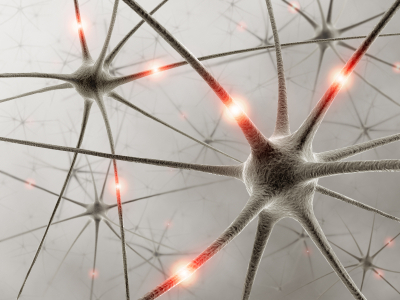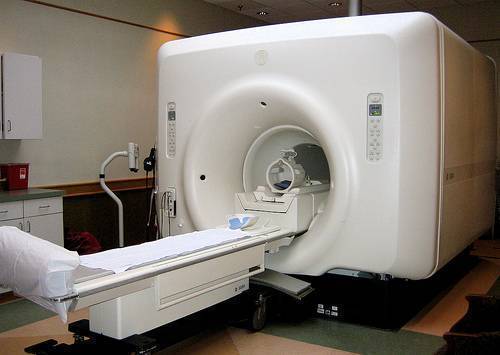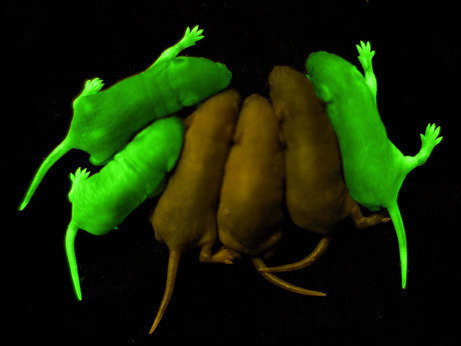 Neurons communicate by sending electrical signals throughout the body. The exact process is an electrochemical one and the speed in which neurons communicate is so fast that seeing someone drop out of someone's hand and trying to grab for it–a process that requires the image to get into the brain, processed and then a signal sent to your hand–takes around three quarters of a second.
Neurons communicate by sending electrical signals throughout the body. The exact process is an electrochemical one and the speed in which neurons communicate is so fast that seeing someone drop out of someone's hand and trying to grab for it–a process that requires the image to get into the brain, processed and then a signal sent to your hand–takes around three quarters of a second.
Anatomy of a Neuron
The anatomy of a neuron is very important to understand how they communicate. There are four main parts of a neuron:
- The body of the neuron: This is the part of the neuron that houses the nucleus and any other organelles required to allow the neuron to sustain life. The nucleus is the brain of the individual neuron and therefore, controls everything that is going on.
- Dendrite: On one side of the neuron is the dendrite. This is an arm that reaches out and accepts signals from other neurons. The signal enters through the dendrite and then passes through the neuron to the next part.
- Axon: The axon is on the opposite side of the neuron. It is an arm with multiple arms branching off of it like a tree. The responsibility of the axon is to transmit the signal from one neuron and then pass it to another neuron.
- Synapse: This is actually the space between two neurons; however, it is very important. When a signal leaves a neuron, it goes through the axon, passes across the synapse, and then crosses into the dendrite. Therefore, this "space" is pivotal for communication.
How Do Neurons Communicate
When a signal is sent, a neurotransmitter is activated. The neurotransmitter is an chemical compound that is sent from neuron to neuron when information is being transmitted. The neurotransmitter is stored in vessicles in the axon of the neuron. In the main body of the neuron, an electrical impulse originates. It travels down into the axon and activates the neurotransmitter. This is where it all begins.
When the neurotransmitter is activated, it is moved down toward the synaptic gap, otherwise known as the synapse. The neurotransmitter molecules then attach to receptors on the dendrite. If enough of the receptors are activated, the dendrite is activated and an electrical impulse is sent down through the dendrite to the body of the neuron containing the information.
This process can then be repeated. The signal is sent through the body, activates the neurotransmitter, sends it through the synapse which then attaches to the receptors on the dendrites and the process begins again. A single neuron can attach to multiple different neurons, so when one signal is sent, it could be sent across a thousand neurons all at the same time. It is because of this that information is so quickly passed from neuron to neuron and responses can be so quick.




Follow Us!